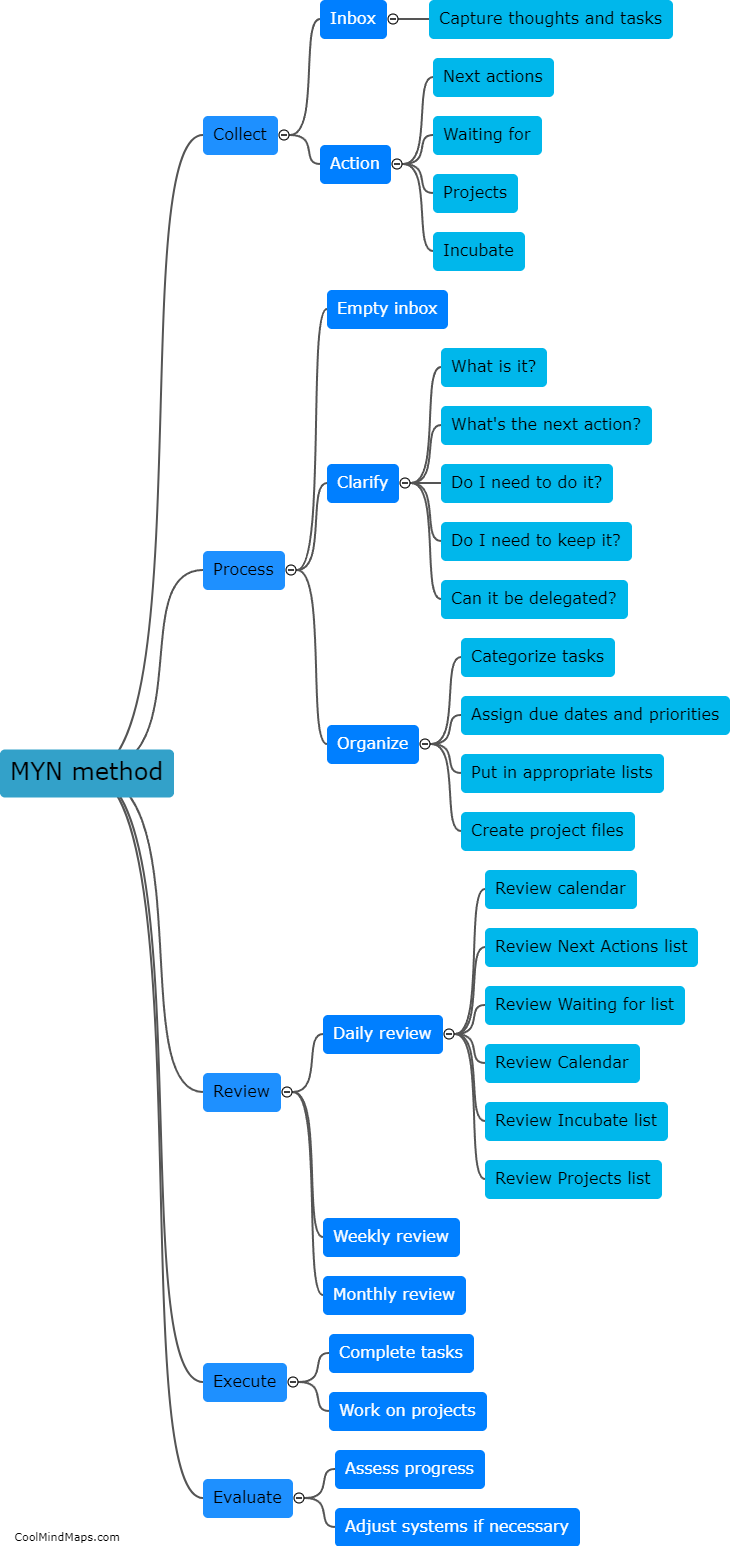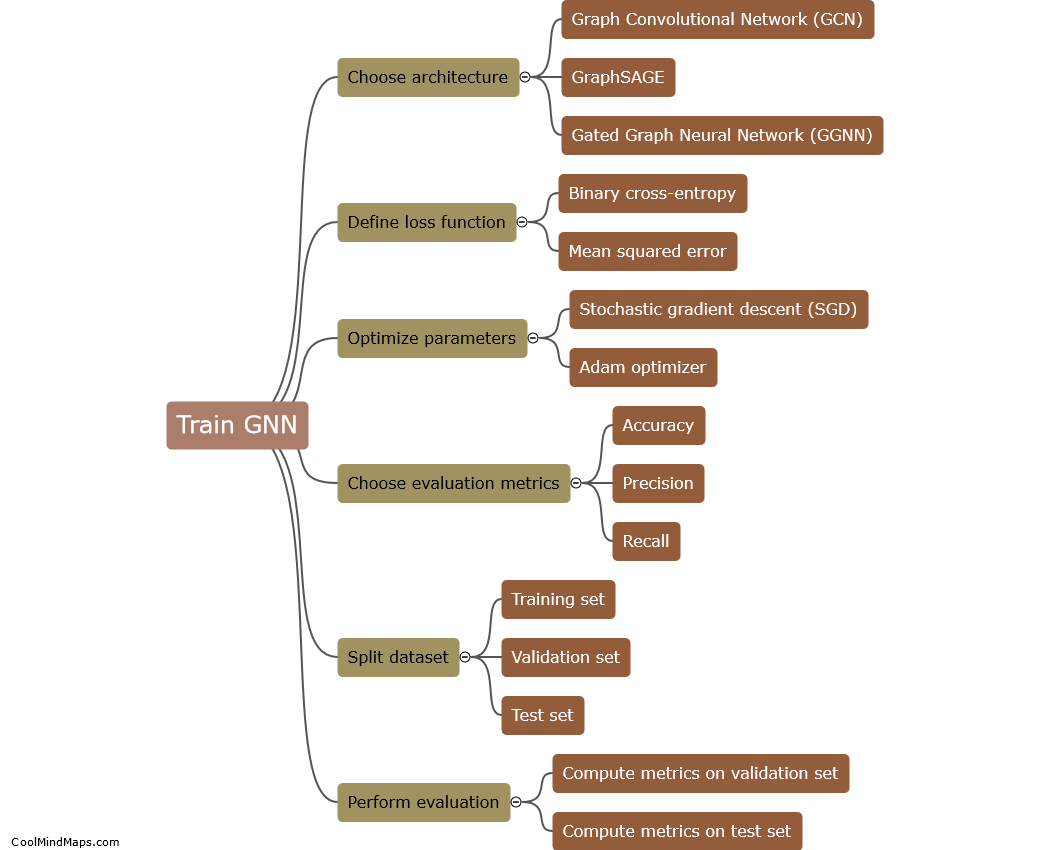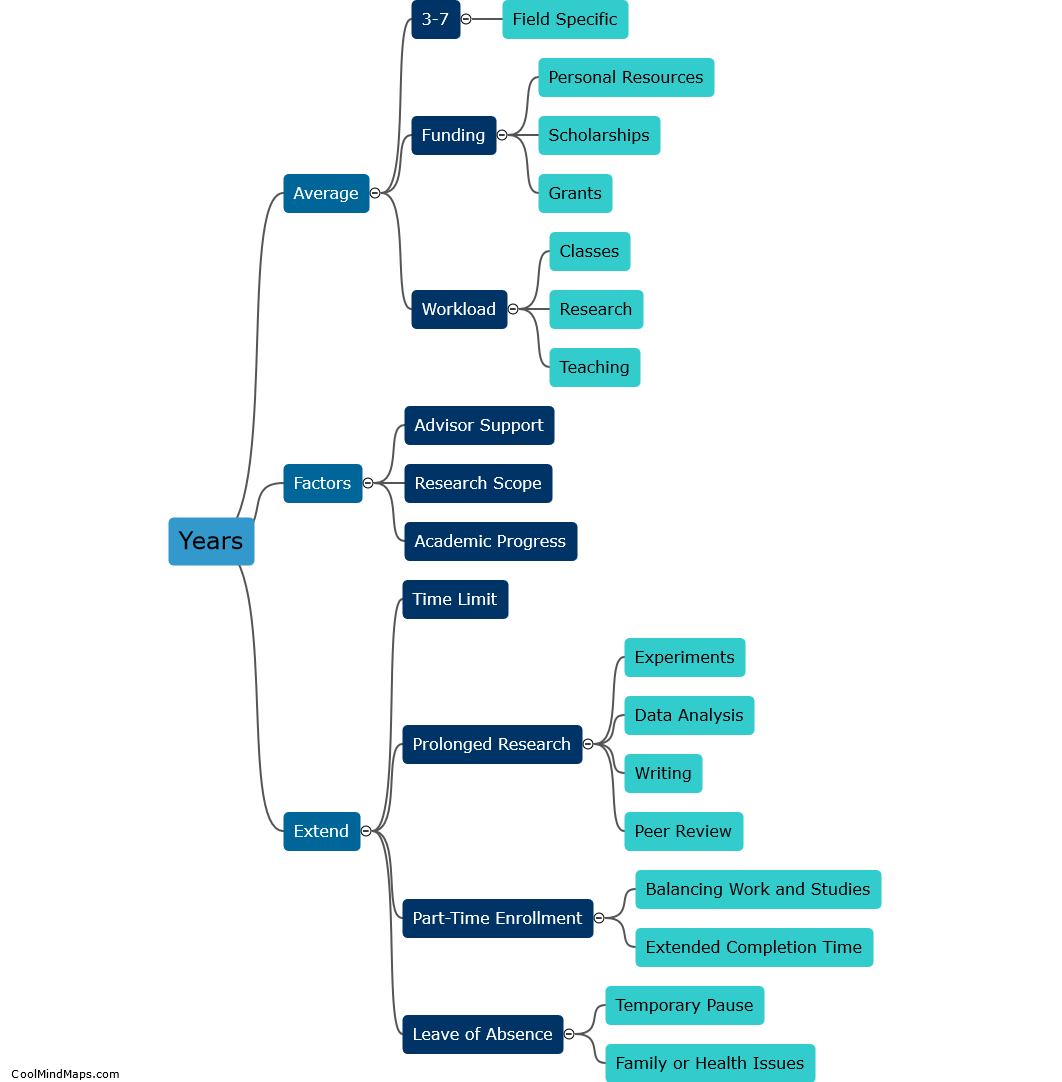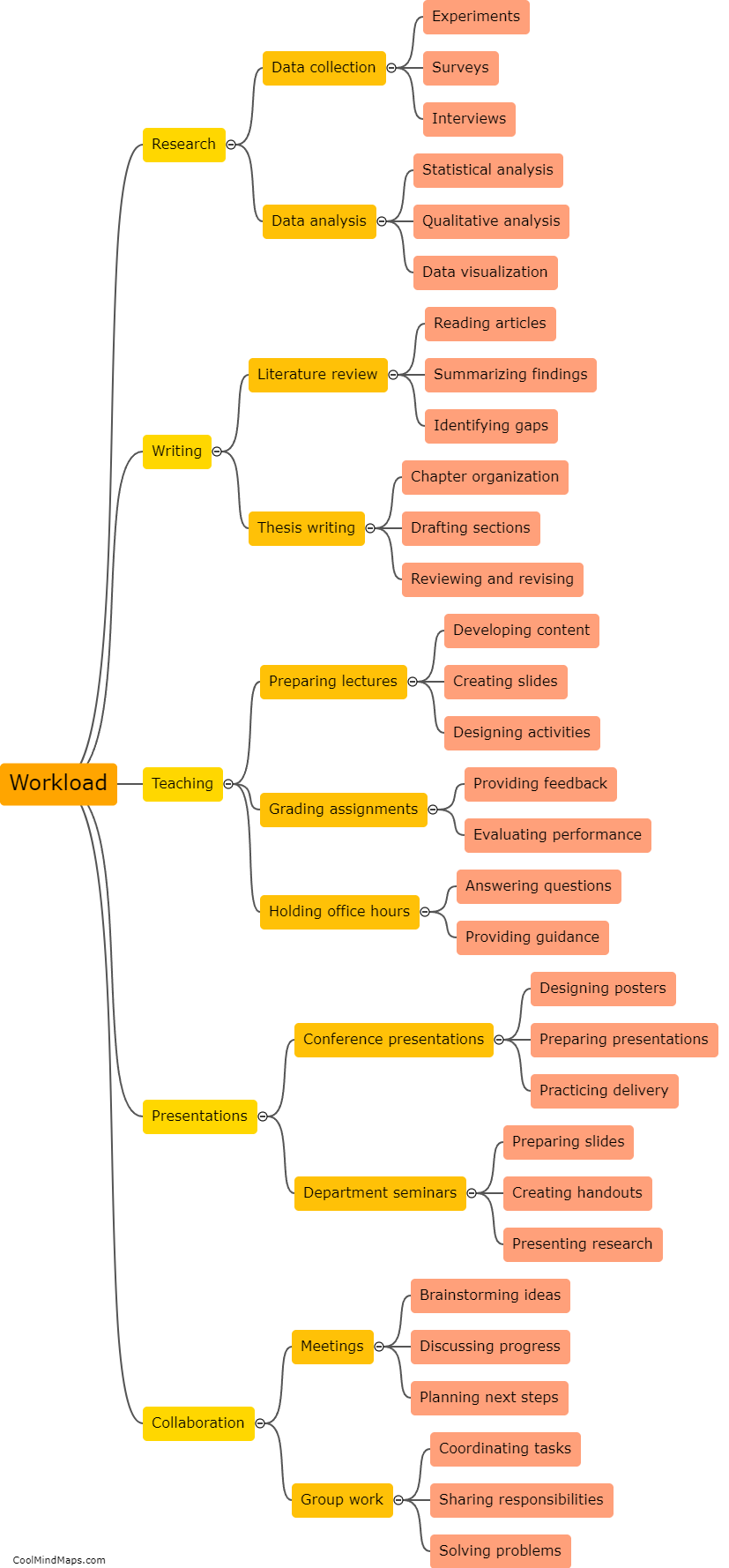What are the advantages of using graph neural networks?
Graph neural networks (GNNs) offer several advantages over traditional neural networks when it comes to analyzing and understanding graph-structured data. Firstly, GNNs are inherently capable of capturing and leveraging the relational information encoded within the graph structure. By propagating information between connected nodes, GNNs can aggregate and integrate features from the neighborhood, which enables better modeling of complex dependencies and higher-order relationships. Secondly, GNNs can handle graphs of varying sizes and structures, making them flexible and adaptable to a wide range of applications where the underlying data is represented in graph form. Additionally, GNNs have been proven effective in tasks such as node classification, link prediction, and graph generation, demonstrating their versatility and usefulness in diverse domains including social networks, molecular chemistry, and recommendation systems. Overall, the advantages of GNNs lie in their ability to exploit graph information, accommodate varying graph structures, and deliver state-of-the-art performance in graph-based tasks.

This mind map was published on 7 September 2023 and has been viewed 91 times.











